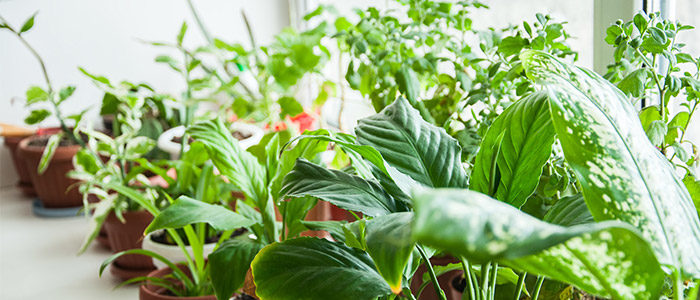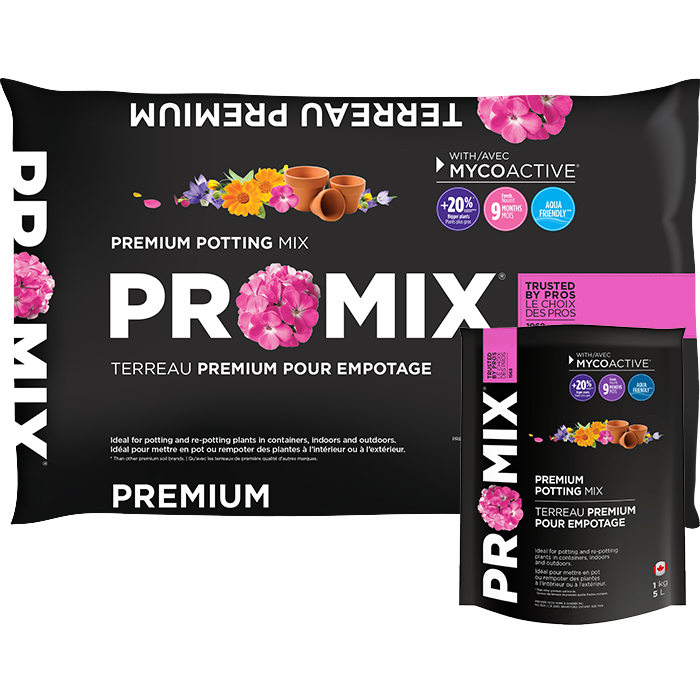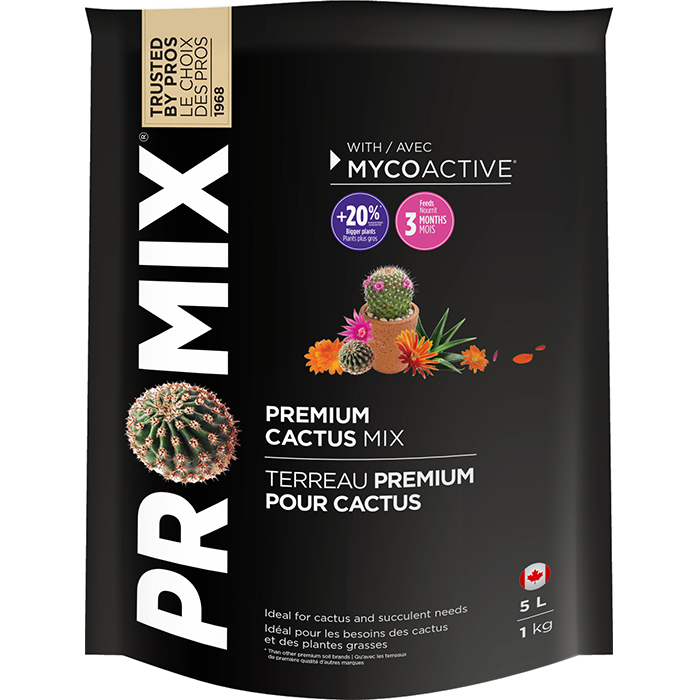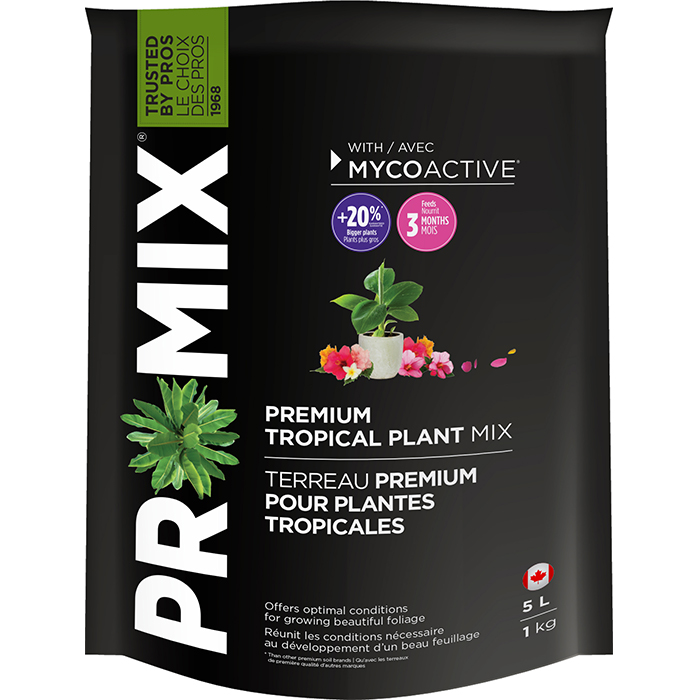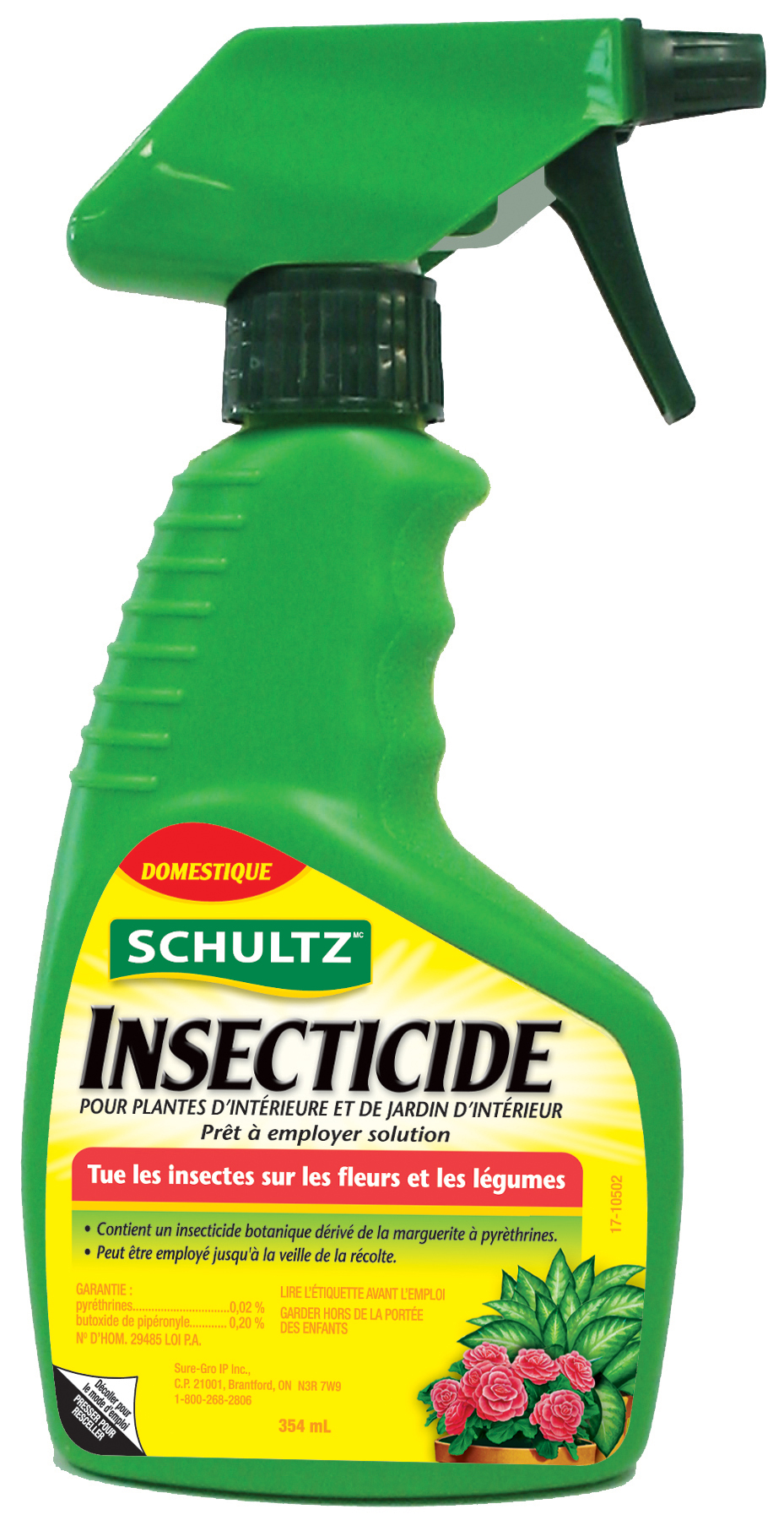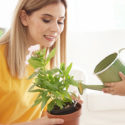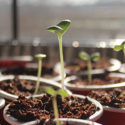Having a nice selection of indoor houseplants not only brightens up a dwelling, also helps make it a healthier environment for all. Not every houseplant requires the same degree of care, but there are basic rules you should follow to help almost every species stay healthy and vibrant. Here are five of them now:
Ensure Proper Sunlight Exposure
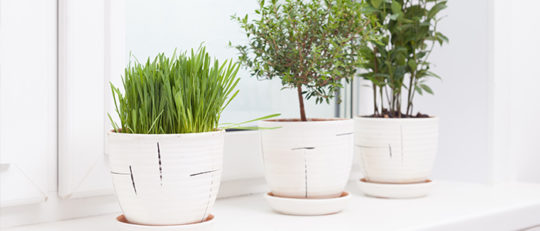
The amount of sunlight plants need varies from one type to the next, so be familiar with the needs of the species you choose. This will ensure you put each plant in the optimum location.
If you desire a plant that requires direct sun, you need a sunroom or a spot with close proximity to south or southwest-facing windows. Indirect sun means a space where the sun comes in for a few hours per day, or an area within a few feet of a window facing east, west, south, or southwest. Low light locations include an east-facing window with morning sun, or within a few feet of a window facing south or southwest. Plants requiring shady areas are easy to accommodate and should thrive as long as you keep them a reasonable distance (e.g. 5 to 7 feet) away from windows.
Avoid Overwatering
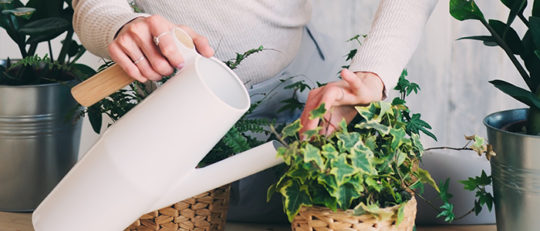
This is a common mistake for understandable reasons. Since having a plant indoors means bringing it up in an artificial environment, some might worry it is not receiving all the natural benefits an outdoor plant automatically enjoys. This can result in overwatering and water’s natural life force unintentionally brings about the plant’s demise. This is not always fatal, but keep an eye out for warning signs like wilted leaves but damp soil, brown leaves, or root rot.
Fortunately, there are some easy ways to avoid overwatering, such as learning proper care for the plants in question or choosing containers that cause excess water to evaporate. If you are still worried about this, making note of each watering on a calendar provides an easy way to stay on track.
Humidity
In countries like Canada, winter can mean several months of very dry air in your home. This is not good for you or your plants, so for everyone’s sake, be sure to run a humidifier periodically. The thinner a plant’s leaves, the more humidity it requires. Both humans and plants do best when the indoor humidity level is in the 50 to 60% range.
Careful Inspection
Some species can begin life outdoors and then do well for you inside. However, whenever you are choosing a plant from your garden or a store, be sure to inspect it for bugs or disease.
It also pays to intermittently examine the plants your already have in your home because these problems can spread. If you do find a plant displaying one or both of these issues, dispose of it or isolate the plant from the rest until the problem is solved.
Wash Your Plants
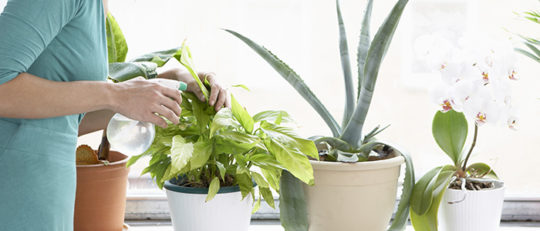
It a good idea to clean your plants’ leaves every few months. Indoor grime such as dust or cigarette/cigar smoke clogs the “pores” on the leaves. This inhibits the plant’s ability to breathe and will negatively affect its health.
You can clean plants with small leaves by using a sprayer with water. You can also stick them in the shower and gently wash off the grime with lukewarm water (too extreme a temperature in either direction is a bad idea). Plants with smooth leaves will benefit from a wash with an insecticidal soap applied using a soft cloth. This has the added benefit of controlling any unseen activity by destructive bugs.
